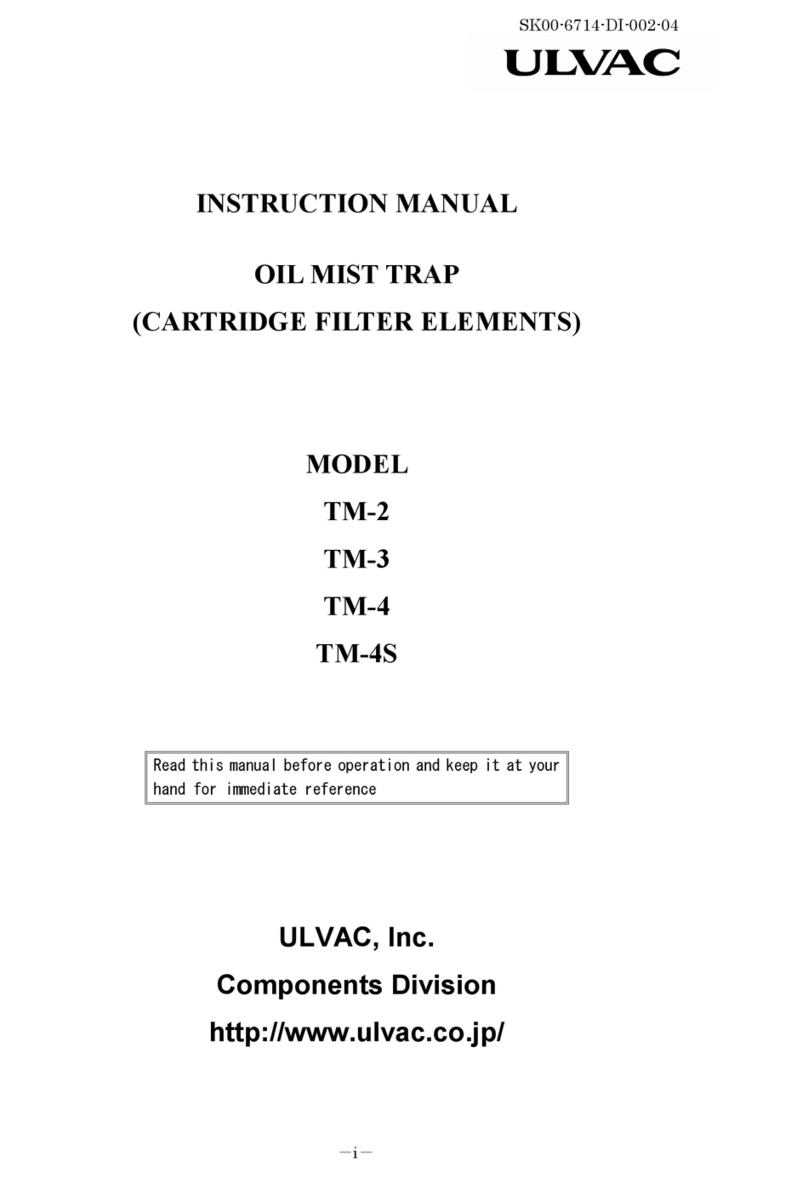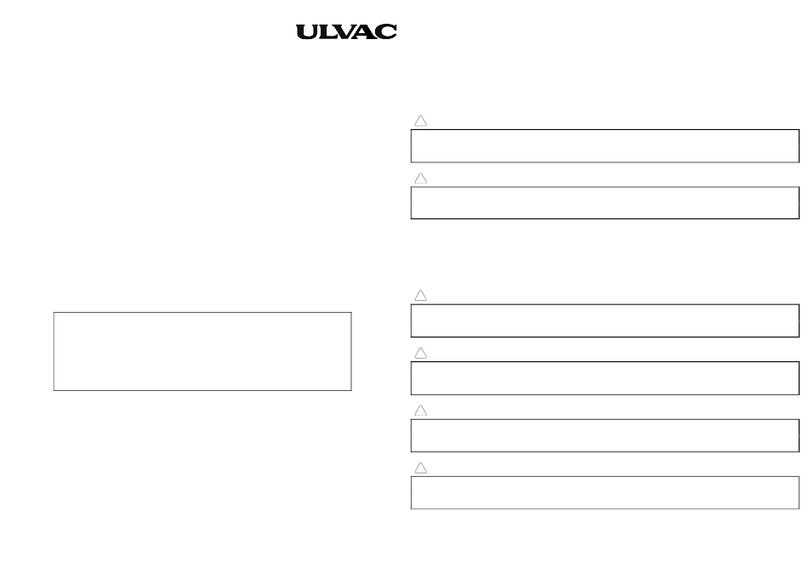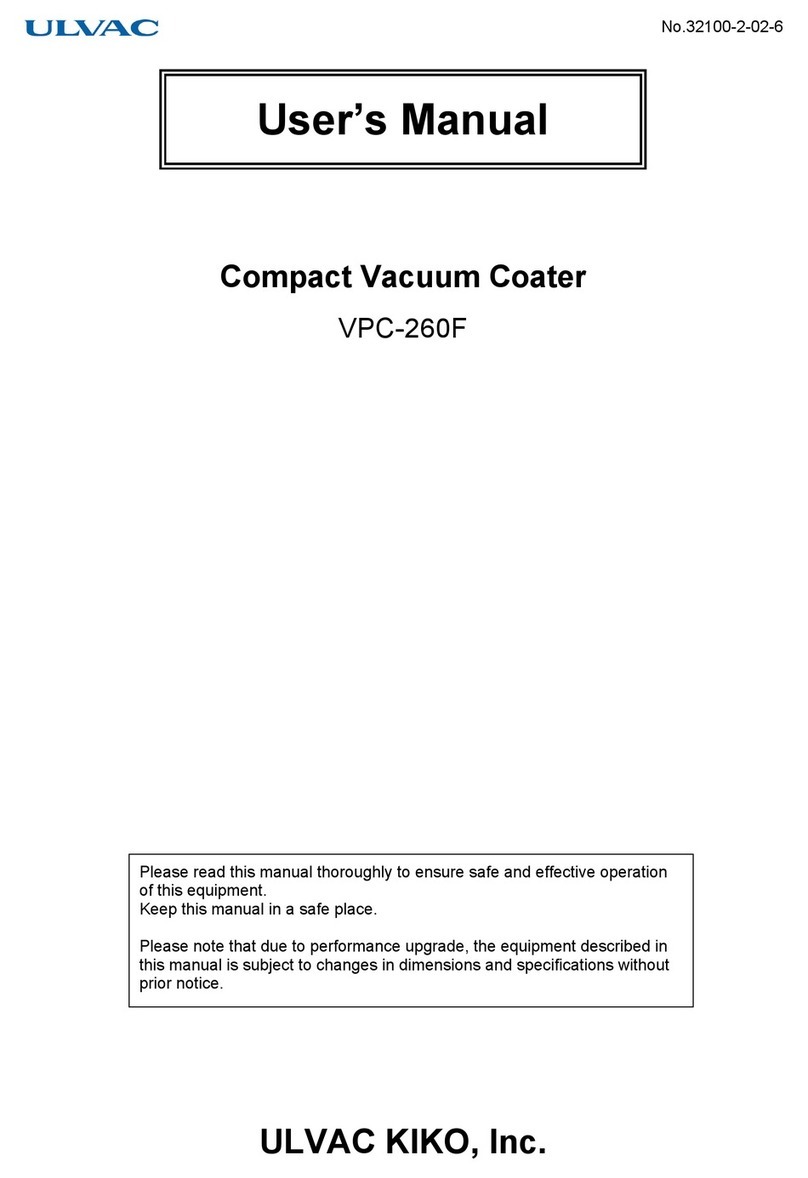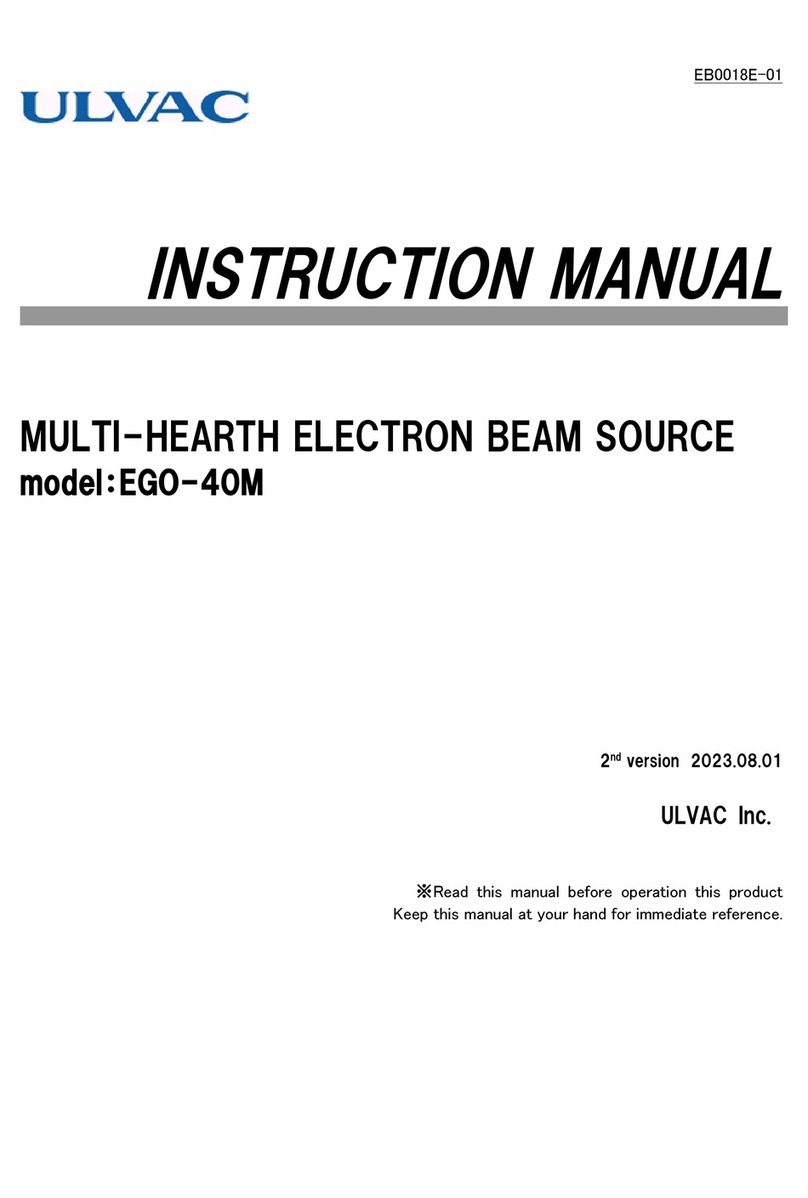
Table of Contents
Items with shade include description on safety.
To Safely Use This Equipment
(1) Before Using.............................................................................1
1. Target Users .....................................................................1
2. Read the Manual Thoroughly............................................1
3. Keep This Manual in a Safe Place ....................................1
4. Warranty............................................................................1
5. Statutory Requirements for Disposal.................................1
6. Safety during Repair .........................................................1
(2) Product Overview .....................................................................2
1. Purpose of This Product and Actions that are Prohibited..2
2. Safety Device and its Purpose and Functions...................2
3. Product Specifications.......................................................3
4. Individual Unit Specifications ............................................3
5. Standard Accessories.......................................................5
6. How to Use Switches, Handles, and Operation Levers.....5
7. Layout of Switches, Handles, and Operation Levers ........6
Evacuation system drawing
Electrical system drawing
(3) Opening the Package and Installation......................................7
1. General Cautions..............................................................7
2. Package upon Delivery.....................................................7
3. Installation Site..................................................................7
4. Power Supply....................................................................8
5. Necessary Tool List...........................................................9
6. How to change the Oil cap into Exhaust cap.....................9
(4) Operations............................................................................ 10
1. Risks and Safety Measures upon Operations.................10
2. Device Operation Procedure...........................................11
2-1 Preparation..............................................................11
2-2 Operations...............................................................11
2-3 Stop.........................................................................11
3. Deposition Steps.............................................................12
3-1 Opening bell jar .......................................................12
3-2 Vacuum evacuation of bell jar .................................12
4. Film Formation Steps......................................................13
4-1 Preparation..............................................................13
4-2 Film formation..........................................................13






































